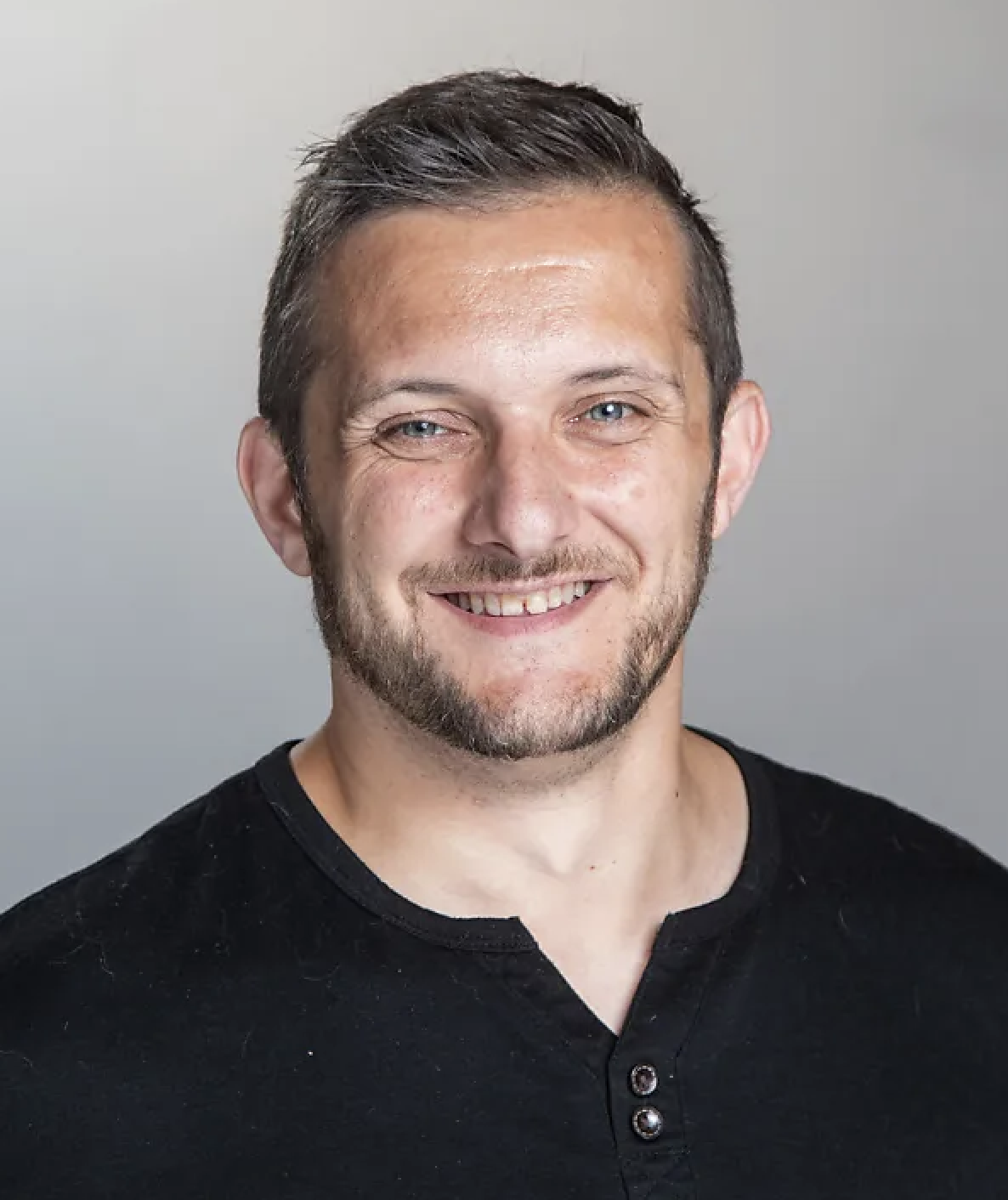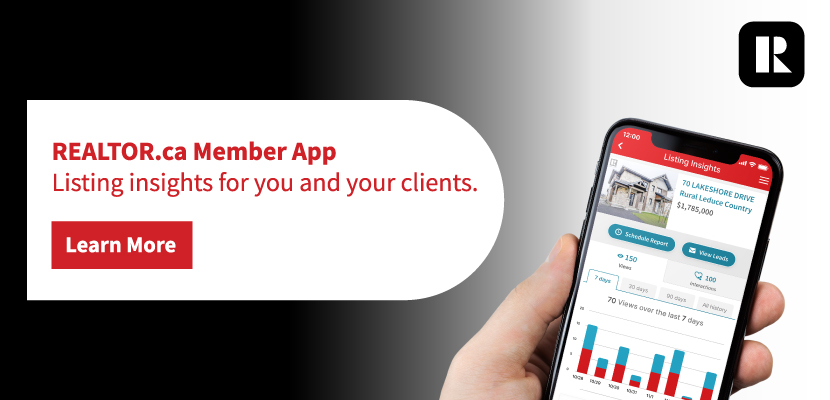When you sit down with Mark Faris, it doesn’t take long to see why his team has done over 1,700 transactions in a single year. Even in 2023, when the market was down for many, his team still did over 1,000 transactions.
Kiran Gandhi and I sat down, over Zoom, with Mark recently to get a backstage pass to how Mark operates. We didn’t want to just break this down into what he’s doing now. We wanted to go back to the beginning, and then see how that approach has changed over the years.
Here’s a glimpse into how Mark built his business. His approach was shaped by necessity and ingenuity. Let’s dive into the journey.
In the beginning
Looking back to 2007, Mark brought up the piece that most don’t talk about early in their career: “There’s always a race when you start in real estate, a race before you run out of cash. You have a certain amount of money and you’re going to burn through that. And so, for me, there was a race there because we were burning through our credit cards and we had a limit.”
Mark looked at the cost-effective methods for building his business when he didn’t have a lot of money available.
“Cold calling and door knocking, which a lot of agents don’t like, but I didn’t have any money for anything else. I’d bring them a little calendar. But I didn’t knock on every door. I’d only knock on the doors of the leads that I had from cold calling. It was a more targeted approach. (In) some cases I did full streets if it was in an area that I liked.”
Mark did 12 deals in his first six months and decided to set a goal of 40 deals for the next 12 months. He fell short and did 38. Then, he jumped from 38 to 100 in the next 12 months. Since then, he hasn’t looked back.
The script
We asked Mark what he did when he was cold-calling and door-knocking. What was he saying to people that contributed to his success?
Mark kept it simple. He’d call or knock and say: “Hi, it’s Mark Faris from Royal LePage, we just listed a home down the street from you. We’re really excited about it, we’re curious and we’re working hard for our sellers and want to get it sold. Do you know anyone looking to move to the neighbourhood? Any friends or family? Wouldn’t it be nice to be able to pick your own neighbour?” Then, he’d follow up with, “Oh, by the way, have you thought about selling?”
The ice was broken and he already started to prove to potential clients how hard he works for his existing ones. That made him get in enough doors to gain the traction he needed to win the new real estate agent race.
The listing presentation
When someone is passionate about something you can tell. They lean in a bit, their face lights up and the enthusiasm shines through. Get Mark Faris talking about listing presentations and you’ll see the passion.
He likened how much he practiced listing presentations to how he used to practice shooting hundreds of pucks a day. “I can still pick the corners because I did it so much. The more you do something, the more fun it gets.”
Mark had his listing presentation fine-tuned. He’d start by telling the sellers he’d arrive within a 30-minute window. That way, if there was traffic or other issues causing delays, he wasn’t panicked about a few minutes here and there. He’d try to always arrive at the beginning of the window, but he had a buffer.
Then, he’d get himself enthusiastic and excited because enthusiasm sells. He’d walk in, pay a compliment about the home, take a tour of the home and then sit down to deliver his listing presentation. The focus is on being very clear about what differentiates him from other realtors and adds value to the seller.
Mark doesn’t believe in skipping the listing presentation, especially for friends and family. It will help save your relationship down the road. If you skip the regular procedure because they’re a close personal relationship, you put it at risk. You need to avoid the “What are you doing for me?” question that’s answered during a great listing presentation.
When Mark was still selling homes, he was personally selling 150 a year. It was starting to hold back his team’s growth. At its size, he needed to be focused on the business, not working in it. “That was a hard thing to give up, the listing appointments, because that was my baby,” he recalls.
Reputation is everything
“Reputation is built by leaving sparks and seeds of hope, love and care.”
This is something Mark shared in the interview, when he expressed there’s nothing more important to him and his team than their reputation within the community. It’s everything. It encourages more referrals because people put their reputations on the line by referring their contacts to you. They need to be confident you’ll protect that.
Mark understands that not everyone can be perfect — no one is expected to be. Your reputation is just as much built on what you do in those scenarios. Even if it means writing a check sometimes to cover a client’s loss when you weren’t legally required to. Don’t think of those situations as losing money in a deal; think about them as investing in your reputation.
When you fix mistakes, it shows people that you’re stepping up. Investing in your reputation is always the right move; it’s more important than money. Admitting, “I was off on that, here’s what I’m doing to make it right,” will cement you as their agent forever.
Focus on scale
Now, Mark’s time is spent mostly focusing on scale: how to scale the business up and make it better.
When he was selling 150 homes a year and his team was doing 1,000, he was doing four to five listing presentations a day. He described it like he was a madman during that time. He was also asking himself how companies scale and why they hit ceilings.
Mark is constantly reading books and looking for advice on what he can do to improve his business. For example, more than once during the interview that focused on us writing stories about him, he stopped to ask us questions that might help him improve his business. His care and passion shine through.
Mark doesn’t believe there are any silver bullets in this industry. Instead, he believes there are what he refers to as “golden bee-bees” — the little things you do consistently over time. Just keep doing them better, that’s what creates and grows a brand. It’s the boring minutiae of the day that most get bored by.
He’s also not afraid to still get his hands dirty. When building out their ISA (inside sales) department, Mark’s team went through several iterations to figure out what worked. He jumped in while acting as the CEO to take lead calls to help refine the system. It was a lot of trial and error.
An avid believer in the systems and processes from the book Traction, by Gino Wickman, Mark sees himself in the visionary role. One of the pieces that really helped him scale was finding his vision. Then, he focused on the 20 per cent of processes that drive 80 per cent of results.
The culture
Mark likes to ask his team members, “What’s the number one thing about working here?” The responses are always interesting but often vague — from “the people are great” to “there’s just something different here.”
Mark views culture as a living, breathing challenge and is constantly asking himself about how to formulate a better team culture. You keep a high threshold for people coming in, and sometimes you have to “liberate people to the marketplace”, according to Mark.
One thing was clear in talking to Mark: he knows what it takes to succeed and he focuses relentlessly on how to do so at a high level. Despite his success though, Mark could only be described as confidently humble. He knows he doesn’t know everything and is constantly trying to learn more.
Spend time with Mark Faris and you’ll see why he leads one of the top teams in the world.
Want to go deeper into how Mark Faris runs his business? We dove into the specific tactics and strategies he’s used over the years. Way more than we could cover in this article. Our new Backstage Pass program gives you the exclusive opportunity to dive even deeper into his business.
We compare what he did at the beginning to what he does now to drive his business forward. Then, we audited his online presence and we’re finishing up the month with a private, live Q&A with Mark Faris for those with a Backstage Pass.
If you’re reading this after January 2024, all the content mentioned will be available on demand for members.
For more information about getting your Backstage Pass click here.
Photo source: FarisTeam.ca

Andrew Fogliato – The G is silent – is the owner of Real Estate Magazine and Just Sell Homes. He mostly talks about marketing but sometimes ventures into other topics in the real estate world. Sometimes he also writes bios in the 3rd person.
















Excellent and informative. Mark is a testament that perseverance with passion and consistent focus on learning are keys to incredible success!